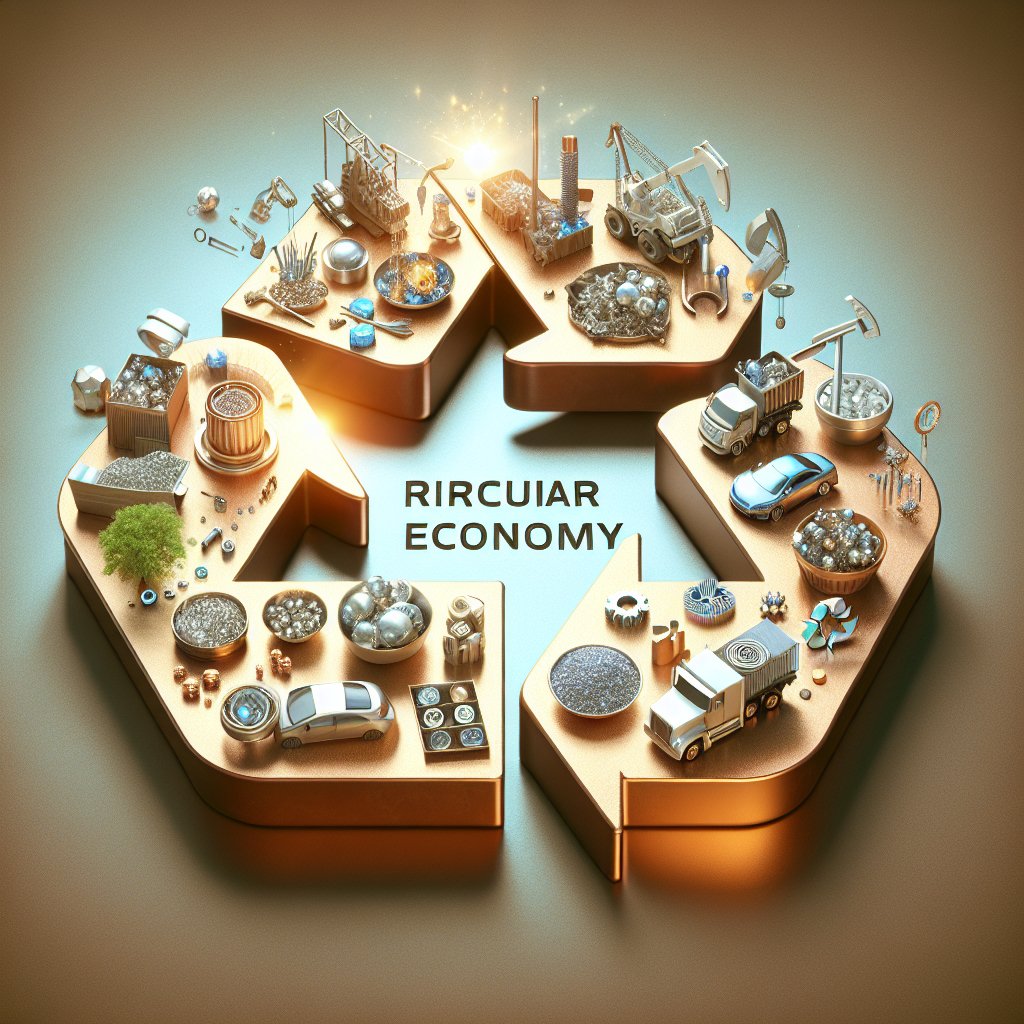The automotive industry is undergoing a significant transformation, driven by the increasing demand for sustainable and efficient transportation solutions. At the heart of this transformation are rare metals, which play a crucial role in the development of hybrid and electric vehicles. These metals are essential for the production of batteries, motors, and other components that are vital for the performance and efficiency of modern vehicles. This article explores the importance of rare metals in the automotive industry, focusing on their applications in hybrid and electric cars, the challenges associated with their supply, and the future outlook for these critical materials.
The Role of Rare Metals in Hybrid and Electric Vehicles
Rare metals are indispensable in the production of hybrid and electric vehicles, primarily due to their unique properties that enhance the performance and efficiency of these vehicles. One of the most significant applications of rare metals is in the production of batteries, which are the heart of electric vehicles. Lithium, cobalt, and nickel are among the most critical metals used in lithium-ion batteries, which power the majority of electric vehicles on the market today. These metals contribute to the high energy density, long life, and fast charging capabilities of modern batteries.
In addition to batteries, rare metals are also used in the production of electric motors. Neodymium, dysprosium, and praseodymium are rare earth elements that are essential for the production of permanent magnets used in electric motors. These magnets are crucial for the efficient conversion of electrical energy into mechanical energy, which is necessary for the propulsion of electric vehicles. The use of rare earth magnets allows for the production of smaller, lighter, and more efficient motors, which contribute to the overall performance and range of electric vehicles.
Furthermore, rare metals are also used in various other components of hybrid and electric vehicles, such as power electronics, sensors, and catalytic converters. For example, platinum and palladium are used in catalytic converters to reduce harmful emissions from internal combustion engines in hybrid vehicles. The unique properties of these metals make them irreplaceable in many applications, highlighting their importance in the automotive industry.
Challenges in the Supply of Rare Metals
Despite their critical role in the automotive industry, the supply of rare metals presents several challenges. One of the primary challenges is the limited availability of these metals, as they are often found in small concentrations and are difficult to extract. This scarcity is further exacerbated by the geopolitical concentration of rare metal reserves, with a significant portion of the world’s supply located in a few countries. For example, China is the dominant producer of rare earth elements, accounting for more than 80% of global production. This concentration of supply poses a risk to the stability and security of the global supply chain for rare metals.
Another challenge is the environmental impact of mining and processing rare metals. The extraction and refining of these metals often involve environmentally harmful processes, such as the use of toxic chemicals and the generation of large amounts of waste. This has led to growing concerns about the sustainability of rare metal production and the need for more environmentally friendly extraction and processing methods. Additionally, the increasing demand for rare metals in the automotive industry and other sectors has led to concerns about the long-term availability of these resources and the potential for supply shortages.
To address these challenges, the automotive industry and governments around the world are investing in research and development to find alternative materials and technologies that can reduce the reliance on rare metals. This includes the development of new battery chemistries, such as solid-state batteries, which use less or no rare metals, and the exploration of recycling and recovery methods to reclaim rare metals from end-of-life vehicles and electronic waste.
The Future Outlook for Rare Metals in the Automotive Industry
The future of rare metals in the automotive industry is closely tied to the ongoing transition towards electric and hybrid vehicles. As the demand for these vehicles continues to grow, so too will the demand for the rare metals that are essential for their production. However, the challenges associated with the supply of rare metals are likely to persist, necessitating continued efforts to secure a stable and sustainable supply chain.
One potential solution is the development of new technologies and materials that can reduce the reliance on rare metals. For example, researchers are exploring the use of alternative materials for batteries and motors that do not require rare metals, such as sodium-ion batteries and ferrite magnets. These technologies have the potential to reduce the demand for rare metals and mitigate the risks associated with their supply.
Another important aspect of the future outlook for rare metals is the role of recycling and recovery. As the number of electric and hybrid vehicles on the road increases, so too will the volume of end-of-life vehicles and electronic waste. This presents an opportunity to recover rare metals from these sources and reduce the need for new mining and extraction. Governments and industry stakeholders are investing in the development of efficient and cost-effective recycling technologies to support this effort.
In conclusion, rare metals are a critical component of the automotive industry’s transition towards sustainable and efficient transportation solutions. While the challenges associated with their supply are significant, ongoing research and development efforts are paving the way for a more sustainable and secure future for these essential materials. As the automotive industry continues to evolve, the role of rare metals will remain a key factor in shaping the future of transportation.












